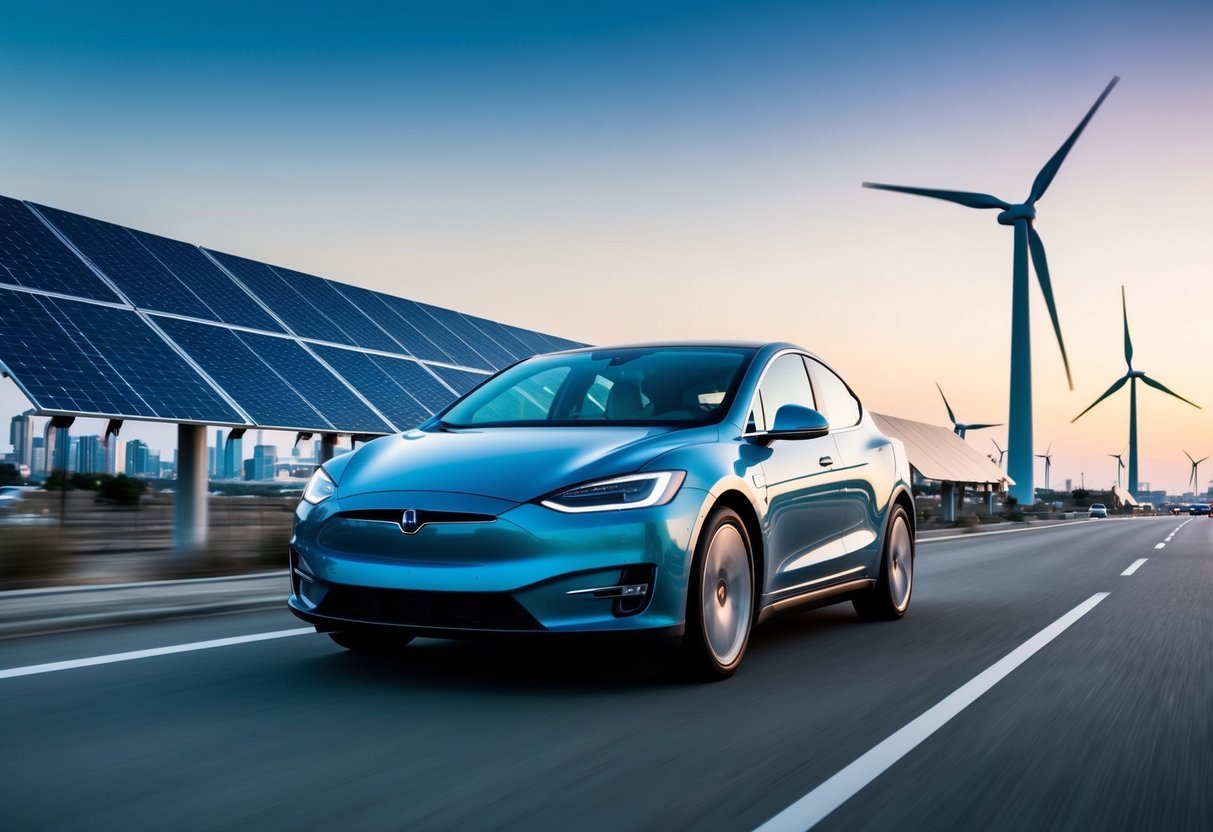How U.S. Automotive Policies Are Shaping Global Industry Trends
Competing with Tesla and Other Market Leaders
Tesla remains a formidable force in the automotive industry, influencing market trends and driving innovation. Its focus on electric vehicles, autonomous driving technology, and sustainable energy solutions sets high industry standards. Competitors are compelled to rapidly innovate and adopt similar technologies.
Market leaders must also navigate the challenge of Tesla’s strong brand loyalty and technological first-mover advantages. Companies are investing heavily in research and development to enhance their electric vehicle lineups, improve battery technology, and expand charging infrastructure. The competitive landscape is defined by the race to match or surpass Tesla’s offerings while maintaining profitability and consumer appeal.
Sustainability and Climate Considerations

The U.S automotive sector is increasingly responding to sustainability demands, altering global industry dynamics. Regulatory measures and climate implications are central to transforming vehicle technologies and policies.
Environmental Regulations and the ICE Vehicle Shift
The push for sustainability is reshaping the automotive field, with stricter environmental regulations urging a shift from internal combustion engine (ICE) vehicles to cleaner alternatives. U.S. policies are setting more stringent emissions standards, impacting global manufacturers and encouraging the development of electric and hybrid models.
This transition is crucial in reducing carbon footprints, enhancing air quality, and meeting international climate agreements. As countries adopt similar regulations, the global automotive market is witnessing a surge in new, environmentally-friendly vehicle technologies. This shift is pivotal for companies seeking to maintain competitiveness in an evolving landscape that prioritizes emissions reduction and sustainability.
Impact of Climate Change on Policy Making
Climate change is significantly influencing policy creation within the U.S automotive industry. Policymakers are considering rising global temperatures and their effects on ecosystems when crafting regulations. This drives the introduction of measures aiming to reduce emissions and promote sustainable practices across the industry.
The urgency to mitigate climate change effects is steering governmental agencies to implement incentives for cleaner transportation technologies. These efforts are mirrored in the global commitment to achieving net-zero emissions targets and fostering innovation in sustainable vehicle manufacturing. By aligning industry practices with environmental goals, these policies address pressing climate concerns and encourage broader adoption of sustainable automotive solutions.
Consumer Behavior and Market Response
Consumer preferences and pricing strategies are pivotal in how the U.S. automotive policies influence the global industry. These factors affect market performance and the direction of industry growth worldwide.
Shifting Consumer Preferences
In recent years, consumers in the global automotive industry have shown an increased interest in vehicles that offer advanced technology and fuel efficiency. Electric vehicles (EVs) have gained popularity as environmental concerns and fuel costs rise. Consumers prioritize sustainability, leading manufacturers to invest more in the development of green technologies.
Influenced by U.S. regulatory measures, such as emissions standards, automakers are modifying vehicle designs and manufacturing processes. This shift prompts both established brands and new entrants to adapt their strategies to capture market share. Demand for connected car technologies, like self-driving features and integrated smart services, also rises, highlighting tech’s role in buyer choices.
Pricing Strategies for New Markets
Companies must adapt pricing strategies to remain competitive in emerging markets, considering local economic conditions and consumer income levels. With global consumers becoming more cost-conscious, automakers often introduce tiered pricing, offering a base model with options to add features for customization.
Approaches include developing lower-cost models specifically for markets with lower purchasing power while maintaining the technological appeal. Leveraging economies of scale, manufacturers can reduce production costs, allowing them to enter markets with competitive pricing. Government incentives, such as subsidies for EVs, further influence pricing strategies, making sustainable vehicles more accessible to a broader audience.



